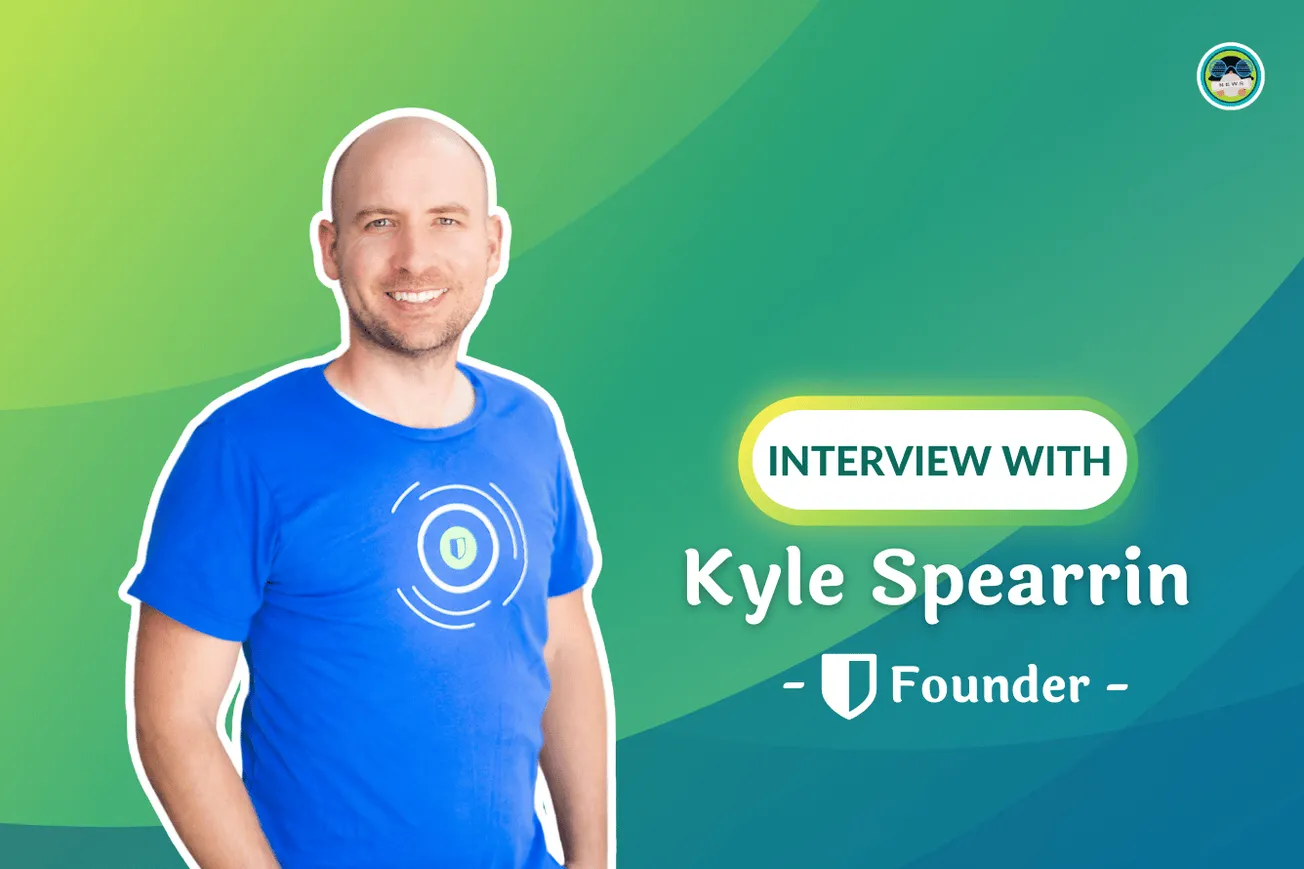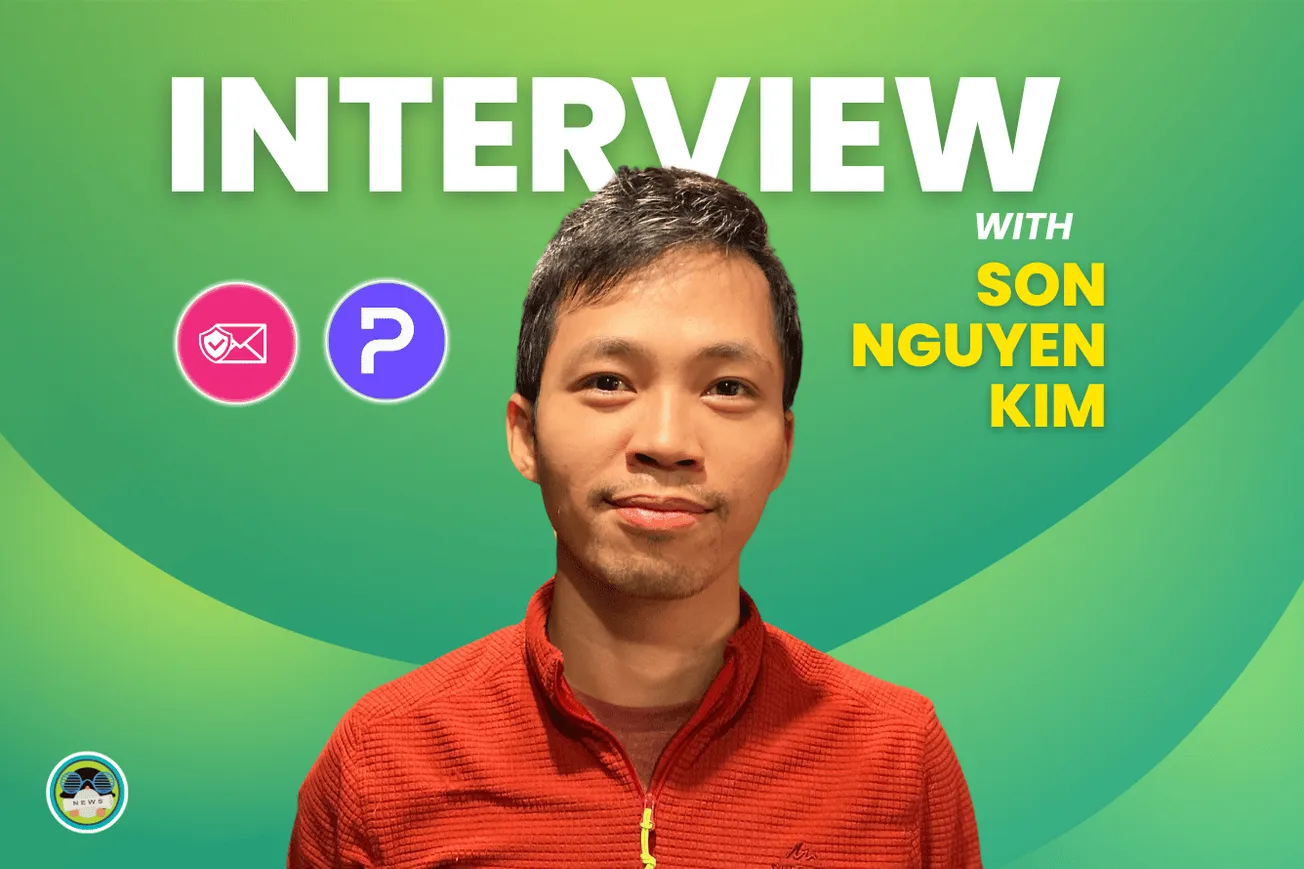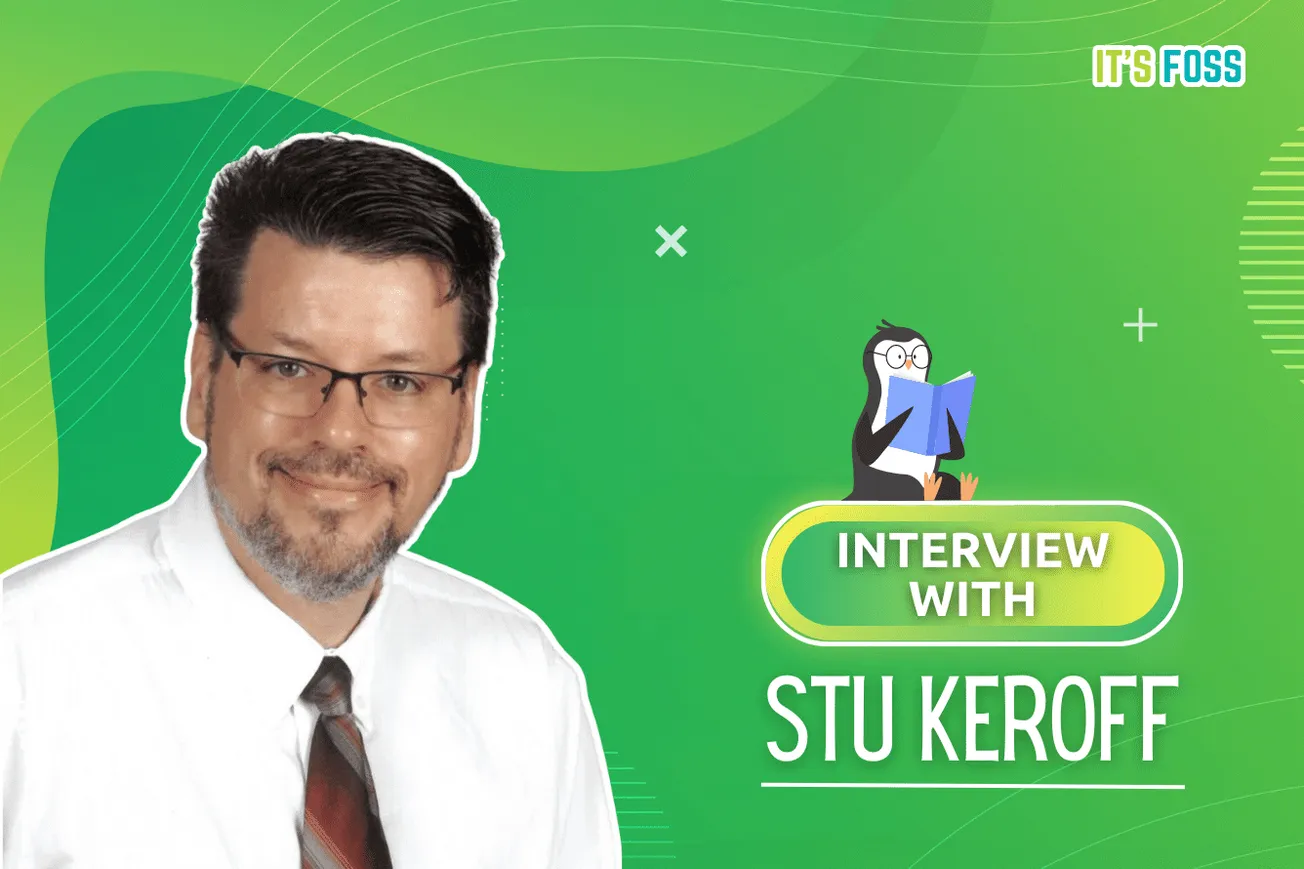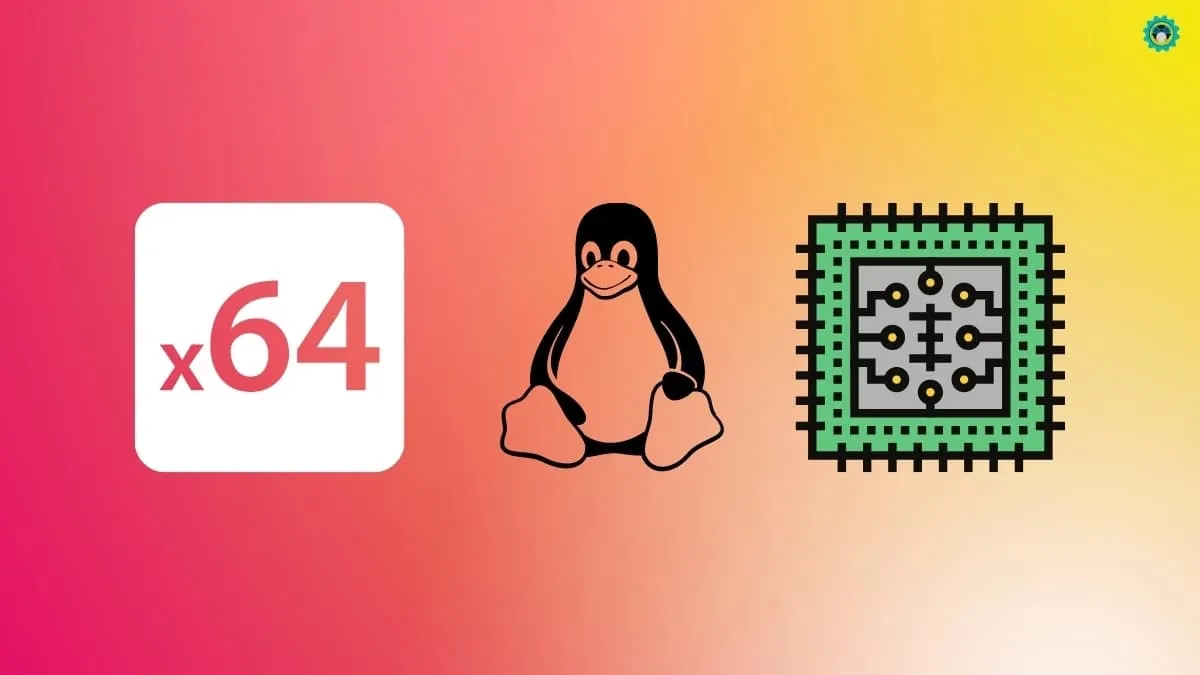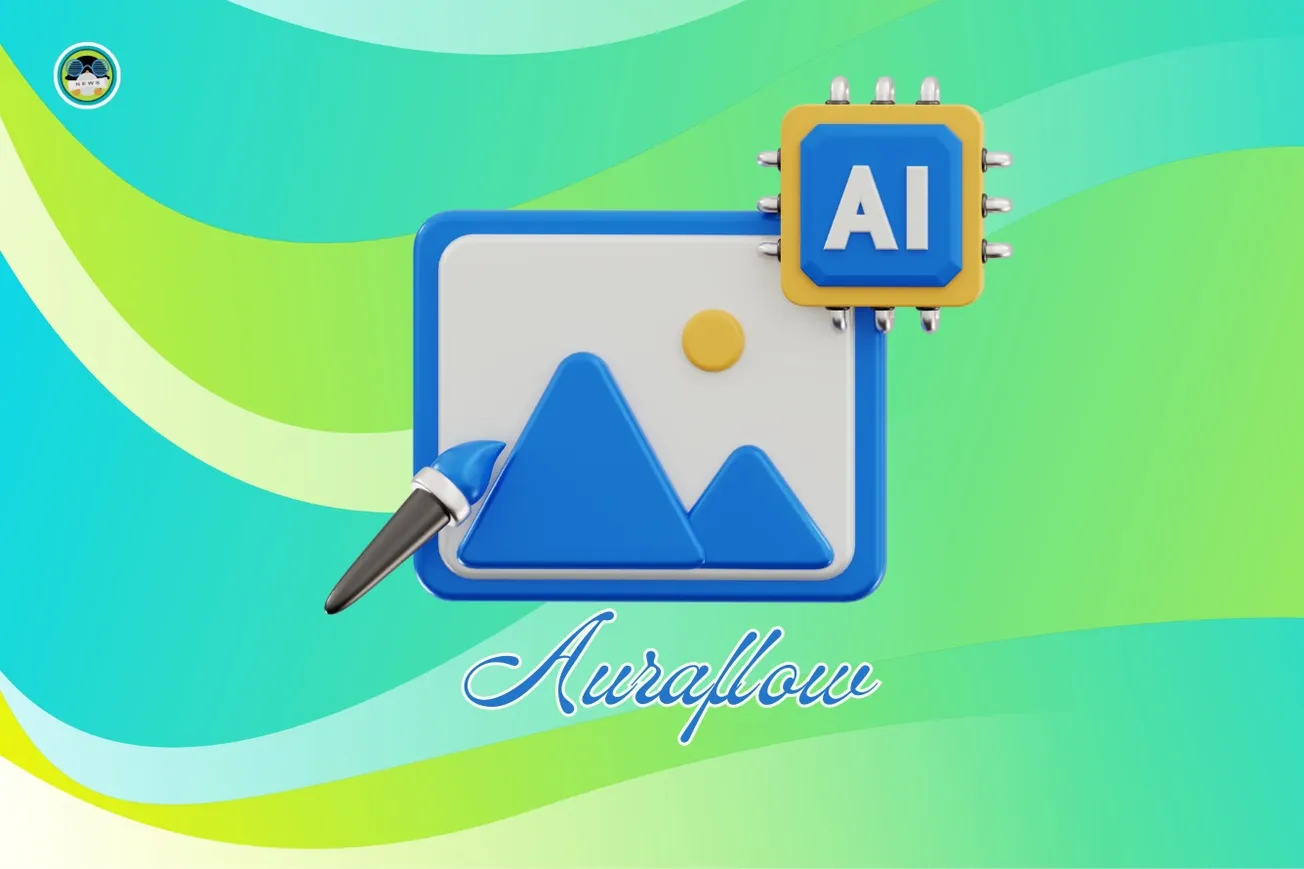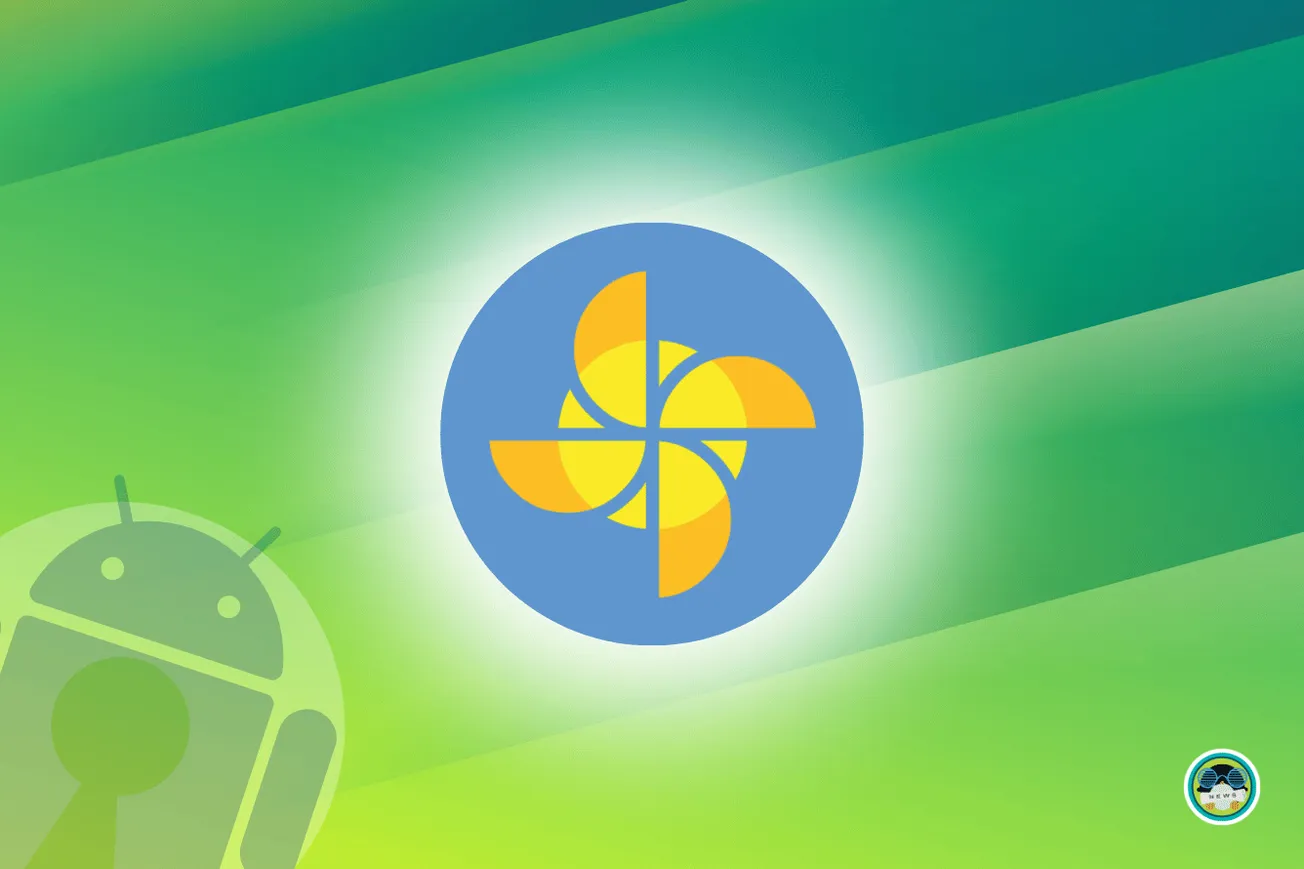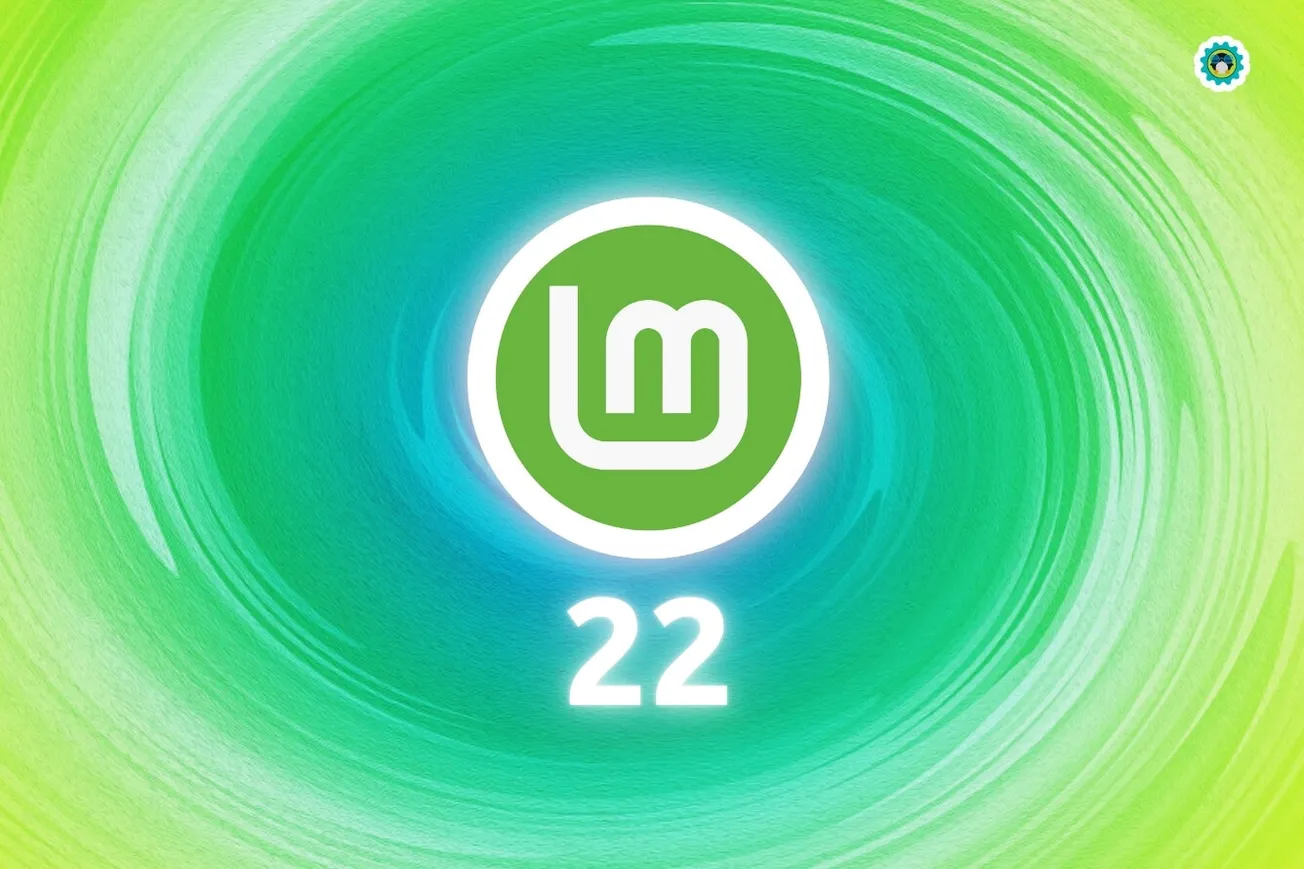
If you have been following us, you probably know that we promised to interact with interesting personalities in the Linux and open-source world.
Here, we have Matthew, a content creator known for his "The Linux Cast" YouTube channel.
He creates podcasts and YouTube videos related to Linux, covering news and other exciting stuff.
As a fellow content creator, I find his content very insightful 🤓
We asked him a couple of questions that should help Linux users and content creators in the Linux/Open-Source space gain some insights from someone with an excellent level of experience.
Q. The Linux Cast is an informative YouTube channel that we all love. What inspired you to start it?
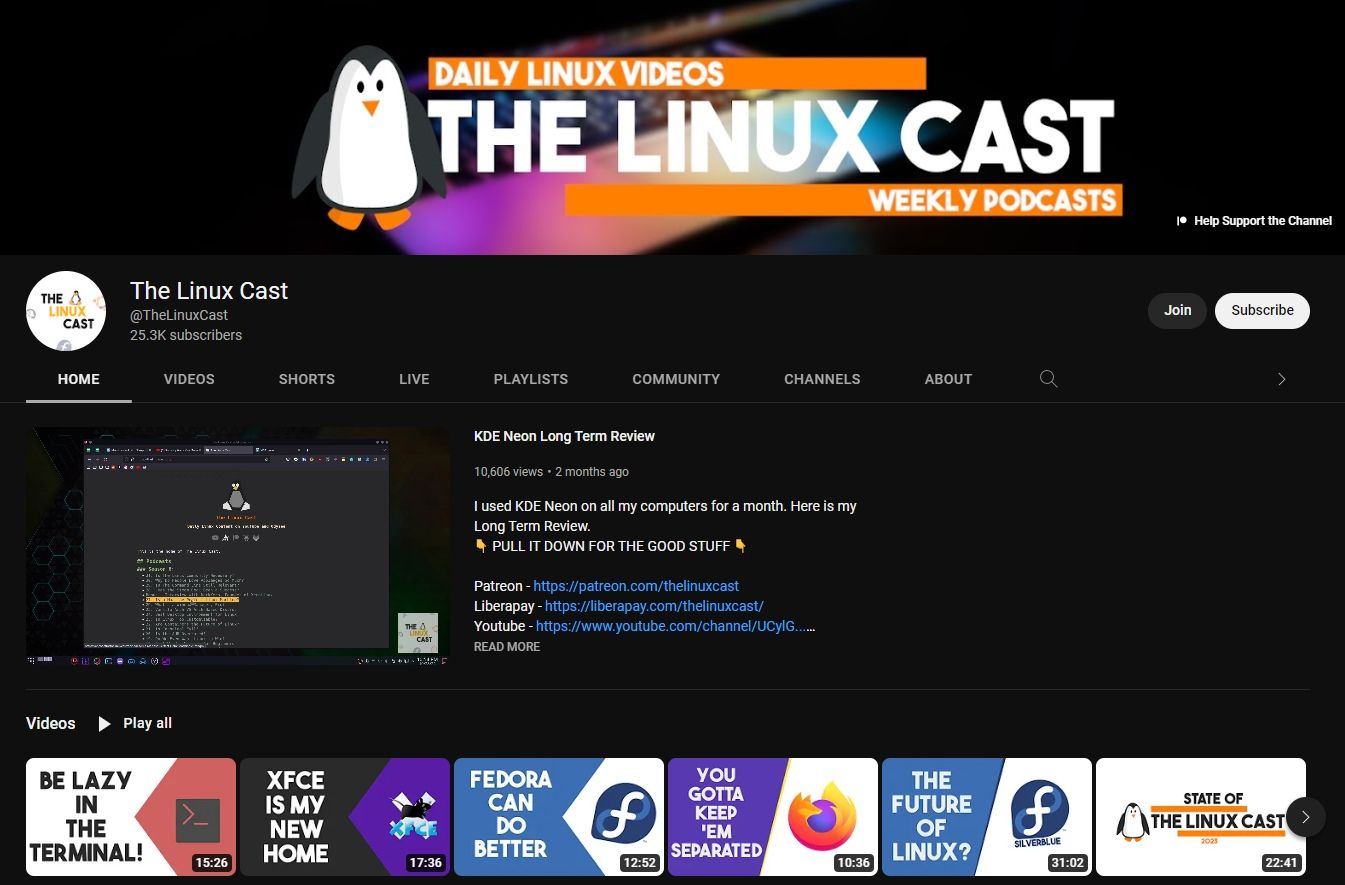
A: My friend Ricky and I have been podcasting along with our friend Vince since 2009. In 2017 we decided that we were going to switch to Linux and start a podcast. Ricky works in IT and has way more Linux know-how than I did at the time, so we thought it’d be fun to start a podcast and see how it went. We didn’t stick with it, doing only a few episodes in seasons 2017 and 2018.
In about July or August 2020, bored because of the pandemic, I visited the anchor page for the podcast and found to my surprise, that people were listening to it, each of our old episodes has hundreds of listens.
So, I decided to start it back up again. I found a new co-host in Martin and carried on. In September 2020, I decided I’d start making a few YouTube videos to go along with the podcast. That’s why the YouTube Channel exists.
It was started to host the podcast, and I threw some really, really bad videos up to see if I could draw in listeners. And then it just kind of took off.
Q. Apart from The Linux Cast, what else do you do Linux-wise?
A: I’m beginning to learn Python, which has been fun. I also have started to care more about privacy lately, so I’ve been working on interesting FOSS-related ways of tackling that problem as well.
Suggested Read 📖
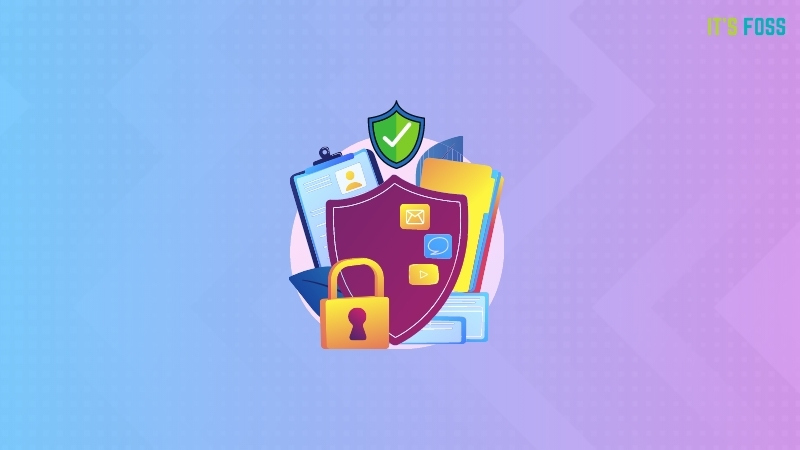
Q. Do you have any other plans that you want to share with our readers for your channel/blog?

My main goal for the channel is just to keep getting better at making videos.
It sounds kind of lame, but I do want to improve the production quality while retaining the style that I have. I can’t script a video to save my life, so I know that’s not in the cards, but I’d like to just improve at video making.
I’d also like to live stream more. I’ve done that in the past, but as a New Year’s resolution, I’ve decided to start my Sunday night streams up again.
Suggested Read 📖
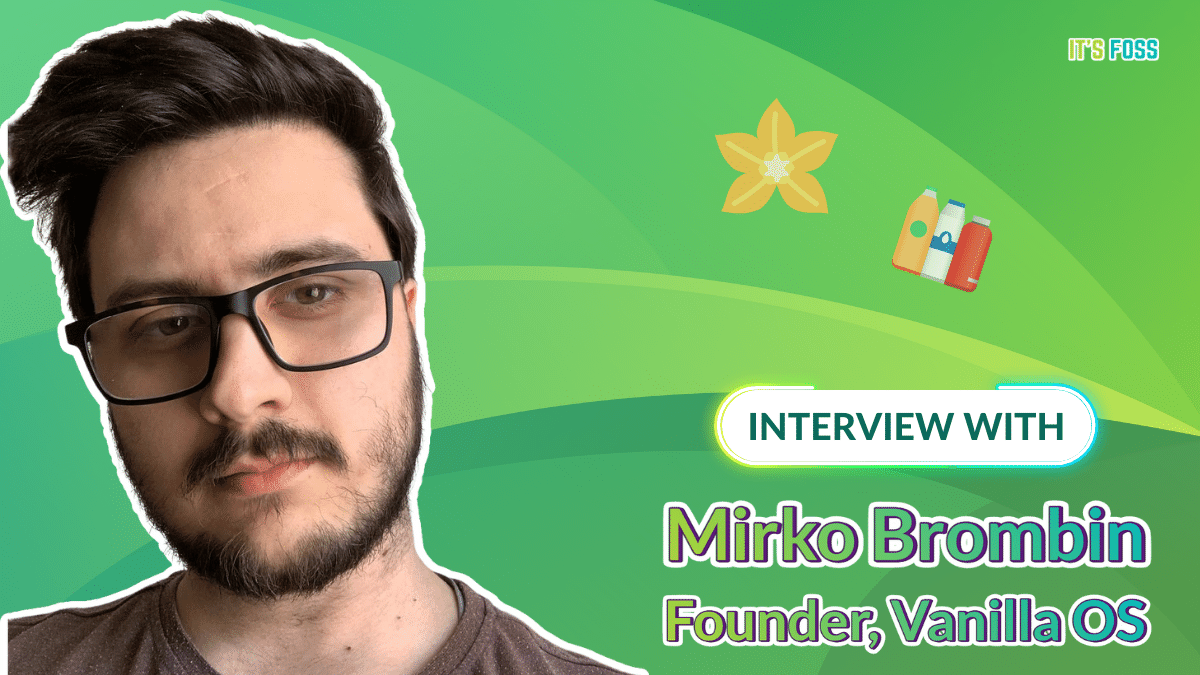
Q. I noticed that you love i3 window manager. For someone new to the concept, what tip would you give to get them started? And why do you think they should give it a try?
A: Tiling window managers aren’t for everyone, but I think everyone should try one at least once (after all, how do you know you don’t like it unless you try?). If you, dear reader, find yourself wanting to use the keyboard to navigate Linux, a tiling window manager is probably a good choice.
Now as for why i3 itself is great, I like it because I’ve spent so much time in it and I have spent most of my time configuring it. That means I have all the keybindings and such just the way I like them and everything is properly customized just to my liking.
It has taken ages to get here, but it’s a fun process. i3wm is great because it’s not fussy like DWM or Xmonad (both are coded and configured in actual programming languages, which makes them harder to configure), and it’s not as odd as something like bspwm. It’s simple and has just enough features to make it good.
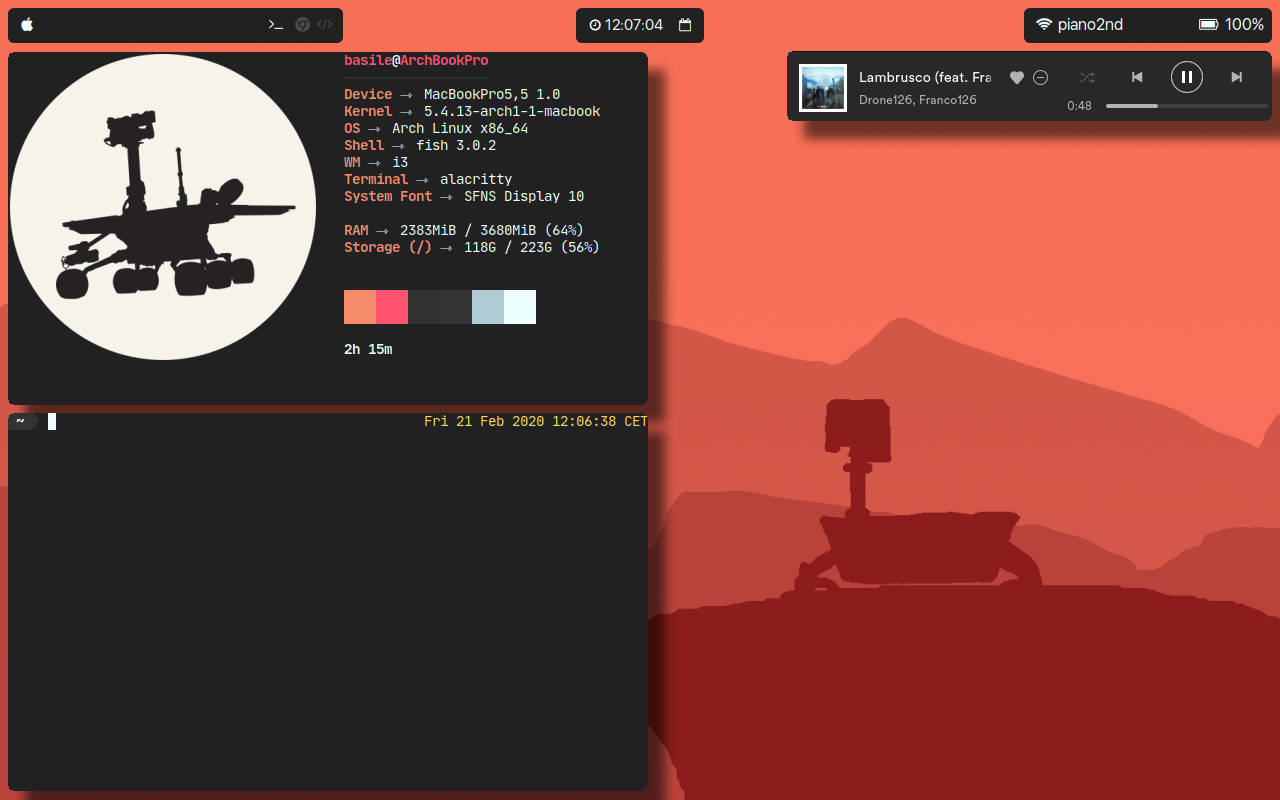
As for a tip? Would it be rude to say watch my videos on i3? Probably.
My best tip for anyone wanting to get into i3 (or any tiling window manager, really), is to try it in a VM first. Get it installed and start to customize. Don’t give up when you hit the first problem; push through and make it yours.
The best part about i3 and other window managers is that you can customize them in an infinite number of ways. Linux fans love to claim that Linux is all about customization, but until you’ve used a window manager, you’ve never really experienced that freedom.
Q. For someone who switched from Arch to Fedora, what would you suggest for someone deciding between the two?
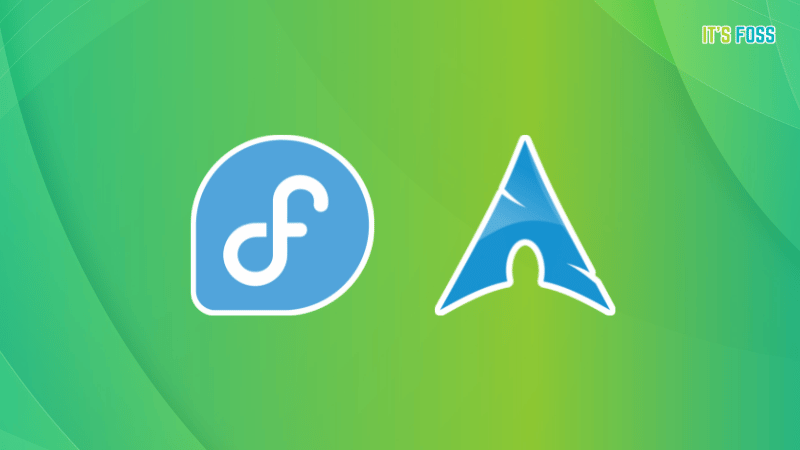
A: Try both. I preach this all the time, but the distro I use should make no difference on the distro you choose. I have a hardware setup that is different than yours, and yours is different than someone else’s. That means that every distro is going to run differently on your hardware.
As for Arch VS. Fedora, the big difference comes down to package managers and versioning of software. Arch will have slightly newer software than Fedora, and it has the AUR. Fedora is a more traditional release-based distro, but it still has newer software than something like Debian.
Suggested Read 📖

So, choosing between them really comes down to answering two questions: do you need the latest software and do you need the AUR? This is why I say try both because you need to experience the AUR before you can decide if you like it or not.
But mostly, Fedora is easier to use, and I think it’s slightly more stable than Arch, which is why I've chosen it as my daily driver.
Q. What are your thoughts on “the year of Linux desktop” for 2023?
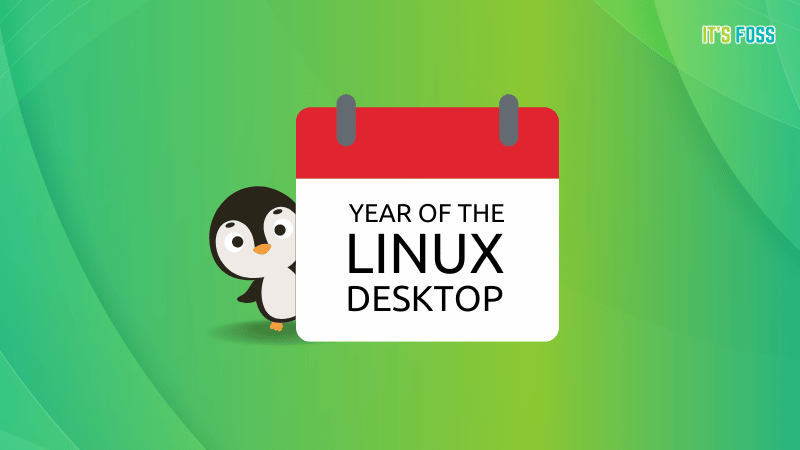
A: 2022 was the year of the Linux Desktop. Last year was the year when Linux made it, and it’s all because of the Steam Deck. Linux is never going to compete with Windows in tems of market share. But it arrived last year as a consumer product for the first time (unless you count Android, which I do not).
I think 2023 will just be a continuation of that. Slow and steady growth. That’s where it’s at. Anyone wanting an explosion of people using Linux on the Desktop is and always has been asking for disappointment.
Q. With a blog, YouTube channel, podcast, and writing, how do you manage your time or remain productive?
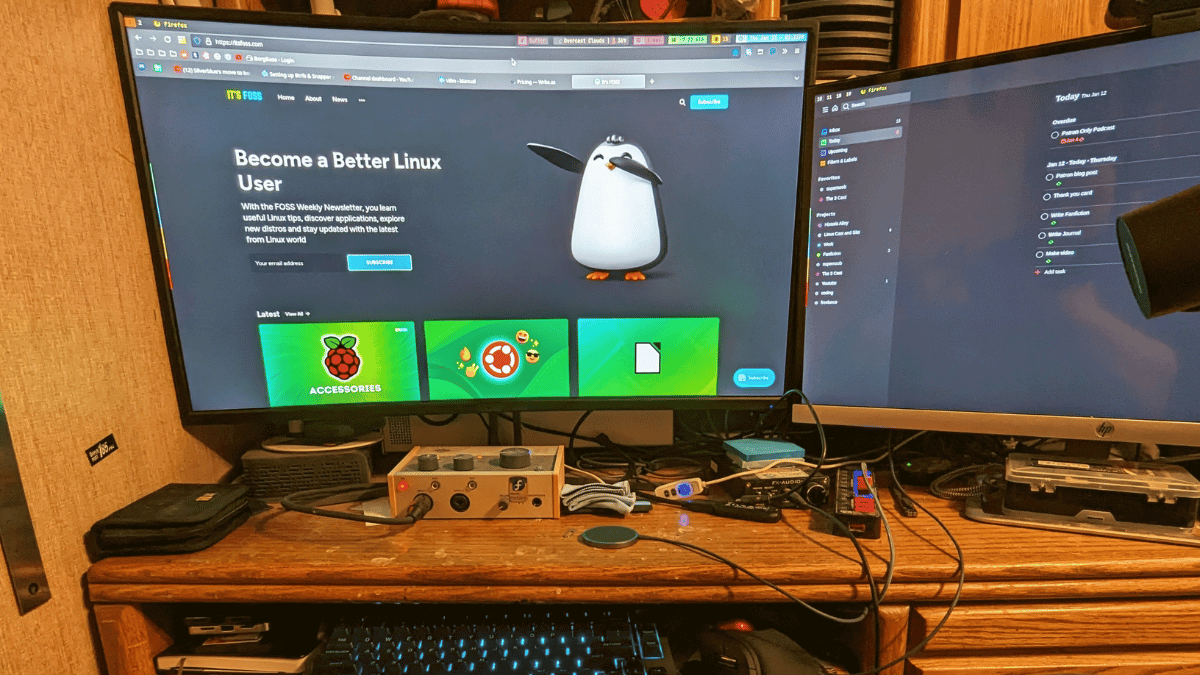
A: Todo lists and a bullet journal. I’ve found that if I keep a list of things I have to do, I will get them done. And I ensure that I spend plenty of time doing things for fun and spending time away from my computer. If all I do is work, I get burned out, so really, it’s all about ensuring that there is a balance there.
Q. What do you do in your spare time?
A: Fanfiction and reading books mostly. I read a ton. I also enjoy watching sports. I’m a Philadelphia Eagles fan, a fan of the Golden State Warriors, and I’m an alumnus of Michigan State University, so I cheer for them when it comes to college sports.

I also spend a terrible amount of time on YouTube. I’m slowly getting this down to a reasonable amount of time, but in the past, I’d definitely spend more time there than I should.
Q. How do you see the future as a Linux content creator?
A: Change is inevitable, but predicting it is hard. I think we’re going to see more Linux in the world, and that makes me happy as a Linux content creator. Over the last two years, I’ve seen many people create their own Linux channels and I think that’s great. The more people cover Linux on YouTube and the web in general, the better.
Obviously, the big thing for all of us in the next year or so is the continued transition to Wayland. Most big DEs have gone to it now, which is great. Now it’s going to be the turn of the window manager. We’ll see how all that plays out.
I also think we’ll see more and more immutable distros out there, like Silverblue and OpenSuse’s Micro. That seems to be where Linux is heading, which should make things very interesting for everyone, content creator or not.
Q. Is there a message you would like to give our readers who aim to work in the Linux/Open-Source space as a content creators?

A: The hardest part is starting. Don’t let dreams of being DistroTube, Chris Titus, or The Linux Experiment stop you from continuing once you start. If you start making videos, those first few months or even years can be rough, especially if you look at those big guys and compare your subscriber count to theirs. It isn’t a competition.
The thing that I’ve learned if I’ve learned anything, is that consistency in posting is the best thing you can do. Post on a predictable schedule (I did every day for a long time, but two or three times a week will work too). The more you post, the better you’ll be (though don’t do more than one a day).
And finally, don’t do it if you’re not having fun doing it. Not many YouTubers can make this a full-time job, so if you’re doing it for the money, then you shouldn’t do it. Being able to be that successful is very much like winning the lottery; it probably isn’t going to happen.
So do it for fun. Do it on a schedule that you can keep up long term and still keep it fun. Make content that you enjoy, because then others will enjoy it too. If you remember to keep it fun, the viewers will come.
More from It's FOSS...
- Support us by opting for It's FOSS Plus membership.
- Join our community forum.
- 📩 Stay updated with the latest on Linux and Open Source. Get our weekly Newsletter.



